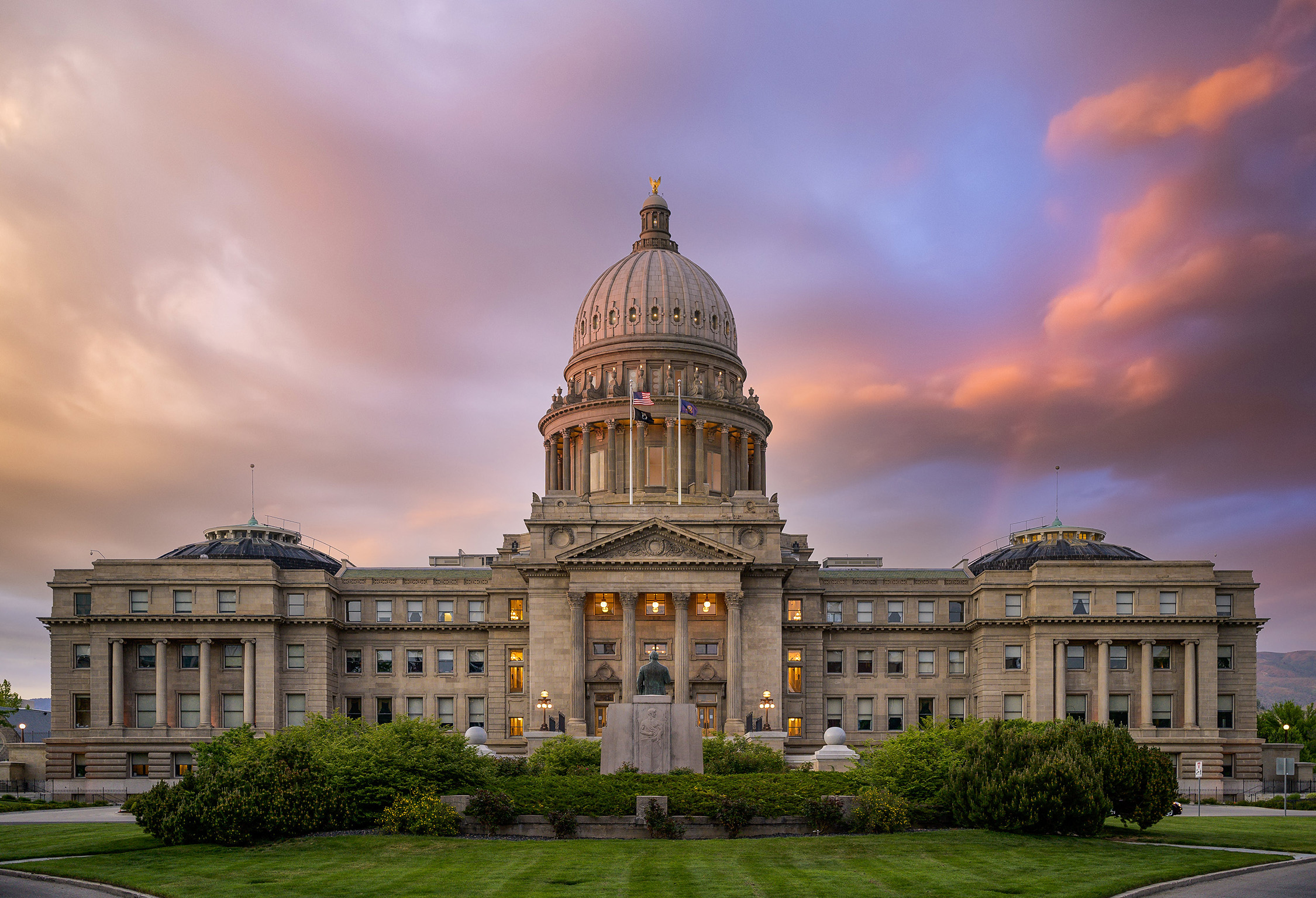People move for many reasons—job prospects, housing market challenges—both in and out of the state they originate from. While there's no predicting what makes an individual migrate, country-wide data may show us emerging patterns.
In the StorageCafe analysis of the latest migration trends, each U.S. state was looked at to see the moving patterns of people. The analysis determined the number of net newcomers (those moving to a state minus those leaving) per 1,000 residents. Additionally, StorageCafe considered several indicators as to why Americans are moving to new regions.
Top 10 U.S. States People are Moving to
Here are the states and their representations of net migration per 1,000 residents. Below are the top 10 states that people are moving to.
1. Idaho
25 newcomers per 1,000 residents
Average rent: $1,595 | Median home value: $366,120
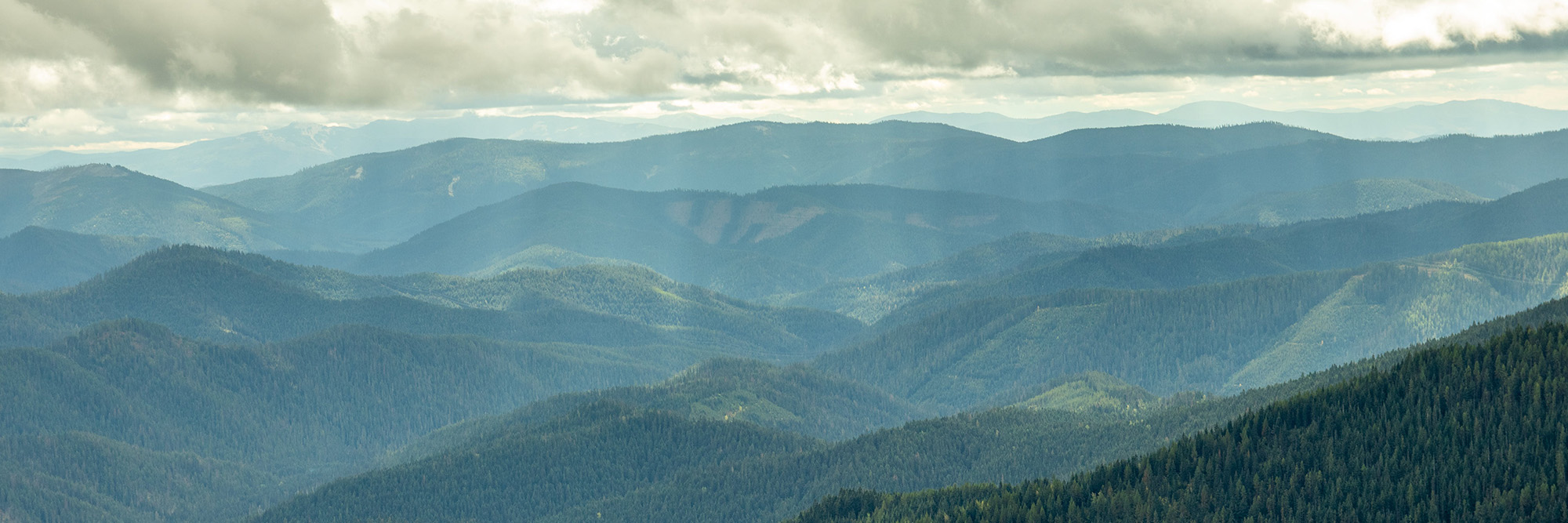
Known for its stunning landscapes, Idaho is a mountainous state with famous attractions like Shoshone Falls and the picturesque Sun Valley. Agriculture, particularly potatoes, plays a significant role in the state's economy.
At the top of StorageCafe's list, Idaho draws people in with its relatively low cost of living, outdoor recreational activities, and a growing tech sector—making it an attractive destination for those seeking a balance between career and lifestyle.
2. Vermont
24 newcomers per 1,000 residents
Average rent: $1,903 | Median home value: $270,708

Renowned for its charming small towns and vibrant fall foliage, Vermont is a New England gem. It embraces a strong sense of community, offers excellent skiing in places like Stowe, and boasts a reputation for producing high-quality maple syrup.
Ranked second for states people are moving to, Vermont attracts individuals looking for a picturesque setting, a strong sense of community, and opportunities in industries such as agriculture, tourism, and artisanal crafts.
3. Montana
18 newcomers per 1,000 residents
Average rent: $1,578 | Median home value: $319,228
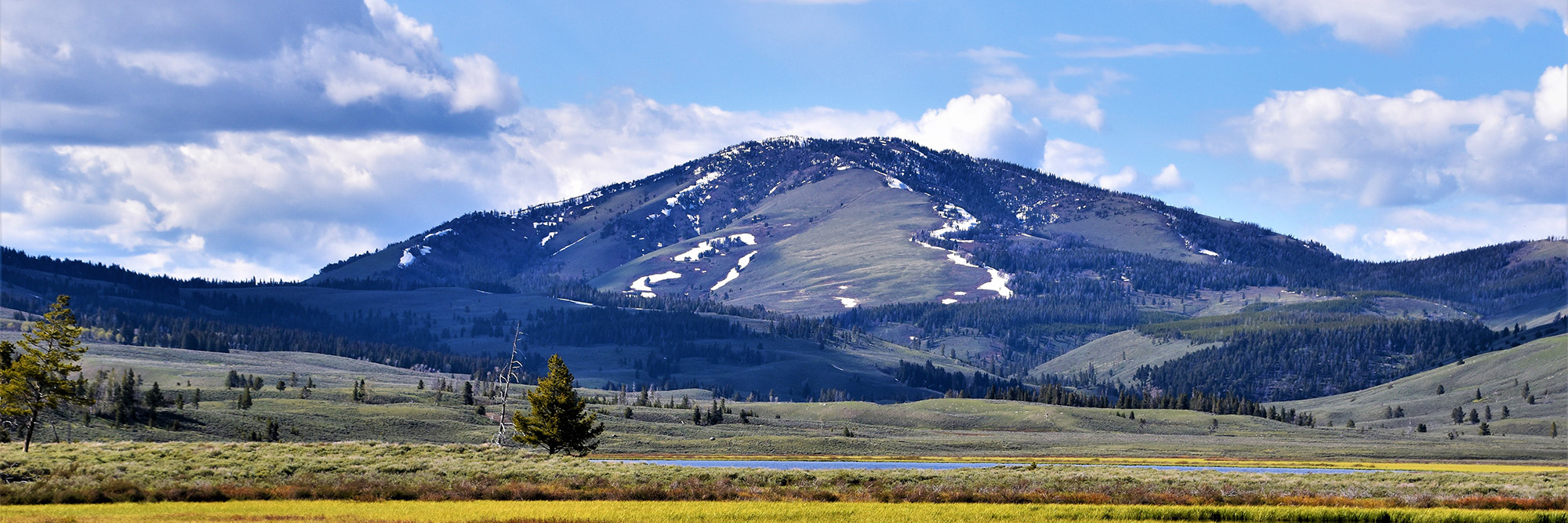
Big Sky Country, as Montana is often called, is celebrated for its expansive wilderness, including Glacier National Park. With a rich cowboy heritage, the state offers outdoor enthusiasts opportunities for hiking, fishing, and exploring the untamed beauty of the American West.
Montana's appeal lies in its wide-open spaces, outdoor adventures, and a growing economy—making it stand out as the third state people are migrating to. Job opportunities in sectors like tourism, energy, and healthcare make it appealing for those seeking a more rugged and independent lifestyle.
4. South Carolina
15 newcomers per 1,000 residents
Average rent: $1,567 | Median home value: $208,903

Steeped in history, South Carolina is known for its antebellum architecture in cities like Charleston and its beautiful coastal areas, including Myrtle Beach. The state hosts the renowned Masters golf tournament and embraces a vibrant culture influenced by Gullah traditions.
In number four, the warm climate, diverse job market, and a lower cost of living make South Carolina an alluring destination. From manufacturing to technology, the state offers economic opportunities while retaining its historic charm.
5. Maine
15 newcomers per 1,000 residents
Average rent: $1,852 | Median home value: $251,469
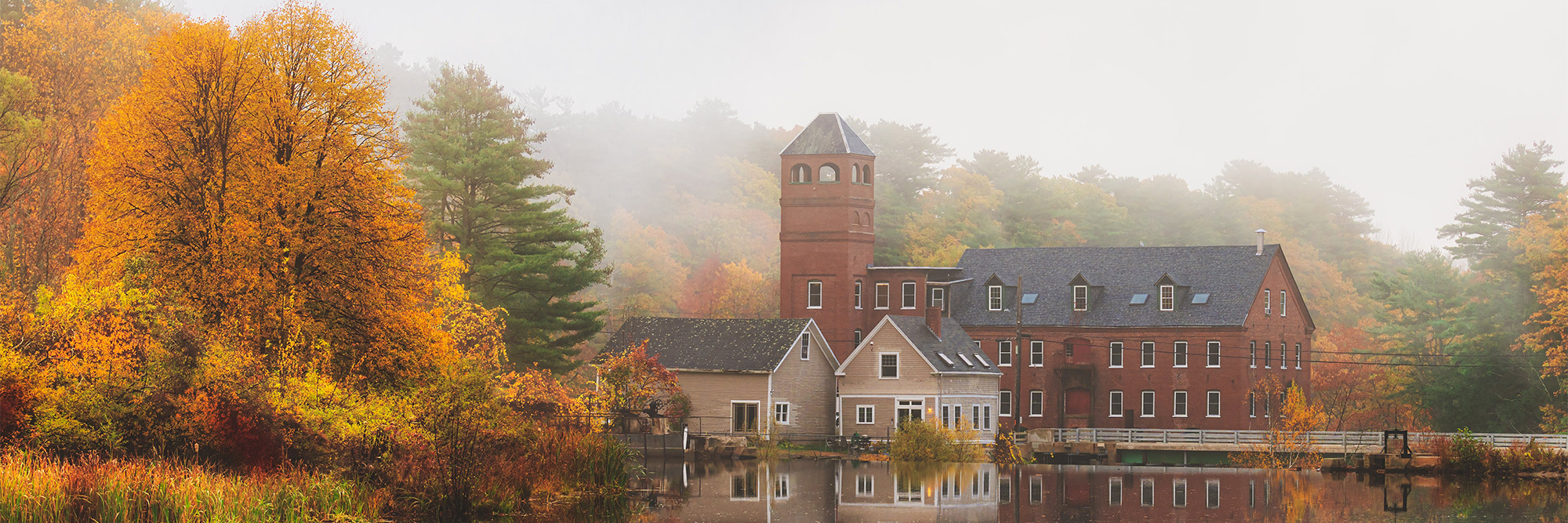
Known for its rugged coastline, lighthouses, and lobster fisheries, Maine is a haven for outdoor enthusiasts. Acadia National Park showcases the state's natural beauty, while Portland combines a thriving food scene with historic charm.
Sitting in the fifth spot on the list, individuals often move to Maine for its natural beauty, outdoor lifestyle, and thriving arts scene. Tourism, fishing, and the healthcare industry contribute to the state's economy, attracting those who value a slower pace of life.
6. Nevada
14 newcomers per 1,000 residents
Average rent: $1,512 | Median home value: $371,642
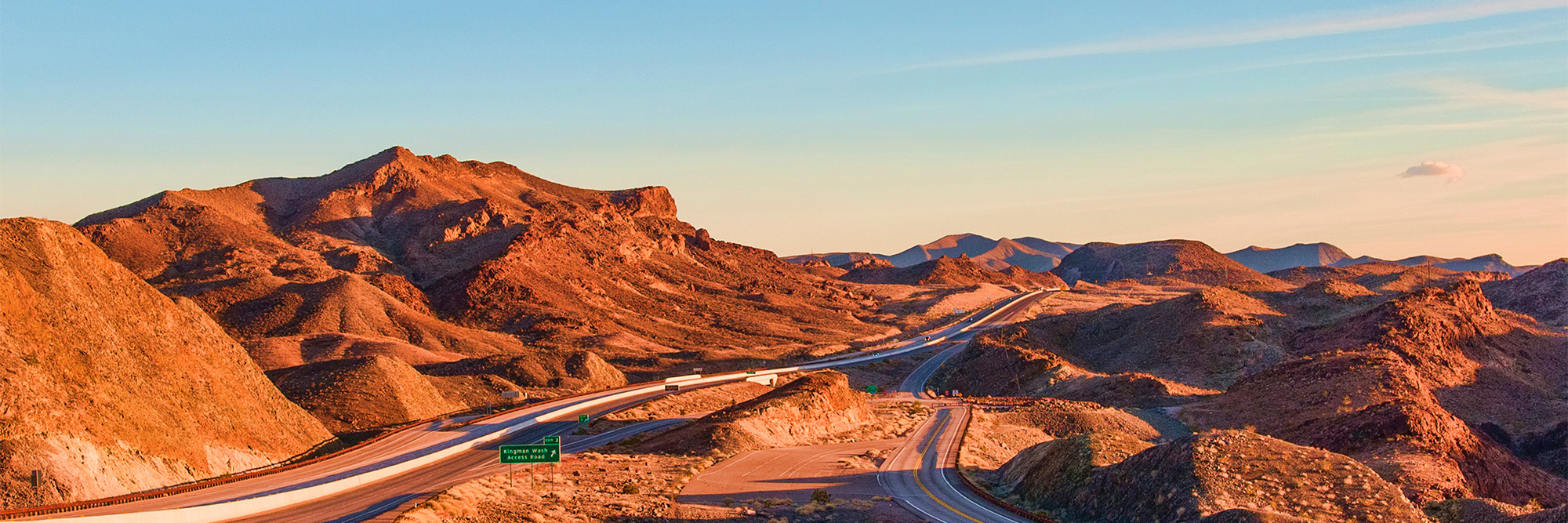
Home to the iconic Las Vegas Strip, Nevada is synonymous with entertainment and casinos. Beyond the bright lights of Vegas, the state offers diverse landscapes, including Red Rock Canyon and the vast desolation of the Great Basin.
Nevada attracts residents with no state income tax, a growing job market, and a robust entertainment industry. The state's booming tech sector and diverse landscapes further contribute to its appeal, leaving Nevada at the sixth spot.
7. Arizona
12 newcomers per 1,000 residents
Average rent: $1,611 | Median home value: $330,065
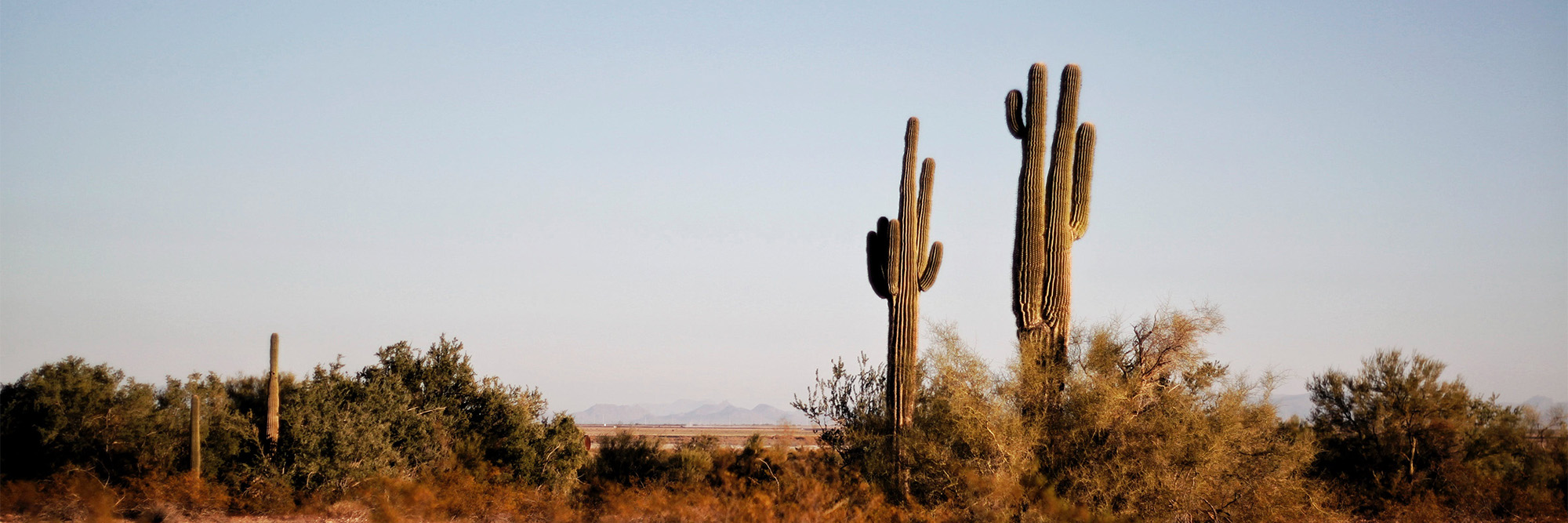
Famous for the Grand Canyon, Arizona's landscapes range from the saguaro cactus-filled deserts to the ponderosa pine forests of Flagstaff. Phoenix, the state capital, is a hub of culture, while Sedona is renowned for its red rock formations and spiritual atmosphere.
Arizona's strong job market, particularly in healthcare, technology, and aerospace, coupled with its sunny climate and diverse recreational opportunities, make it a go-to destination for people seeking both career advancement and a warm, outdoor-centric lifestyle.
8. North Dakota
12 newcomers per 1,000 residents
Average rent: $1,044 | Median home value: $219,939
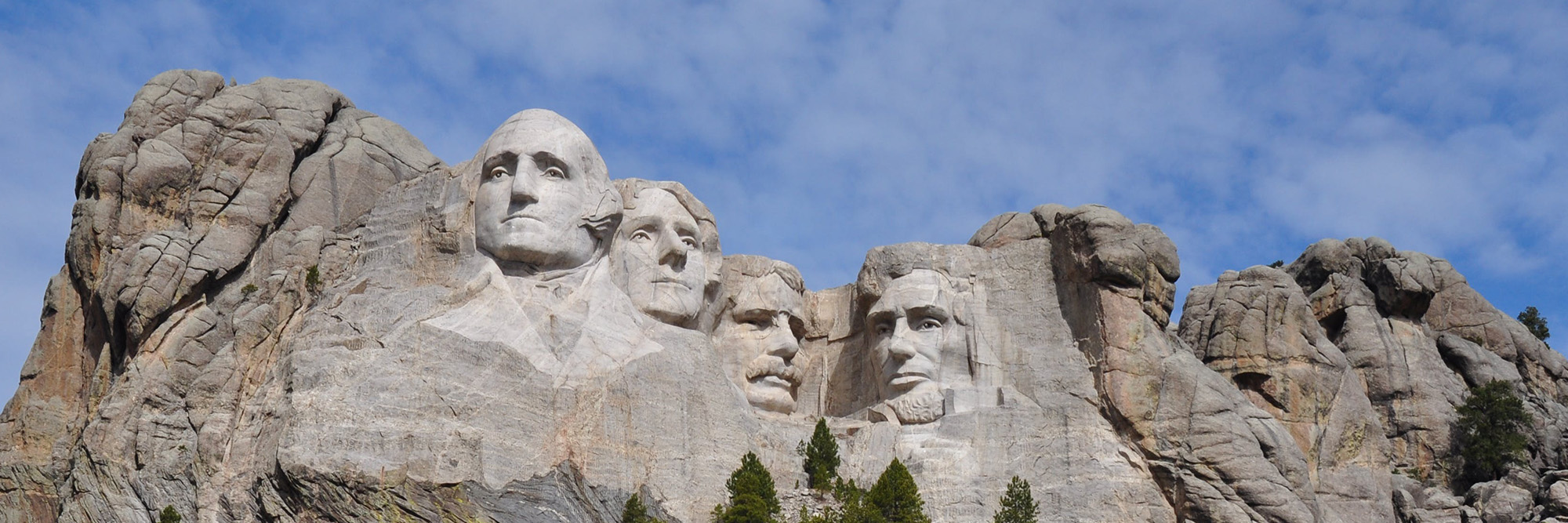
Known for its vast prairies and agricultural production, North Dakota offers a quieter, more rural way of life. Theodore Roosevelt National Park preserves the rugged badlands and honors the conservation legacy of the former president.
Industries in energy, agriculture, and healthcare draw people to North Dakota, which sits at the eighth spot. For some, the reasonable cost of living, strong sense of community, and expansive landscapes draw them to stay.
9. Tennessee
9.9 newcomers per 1,000 residents
Average rent: $1,482 | Median home value: $232,630
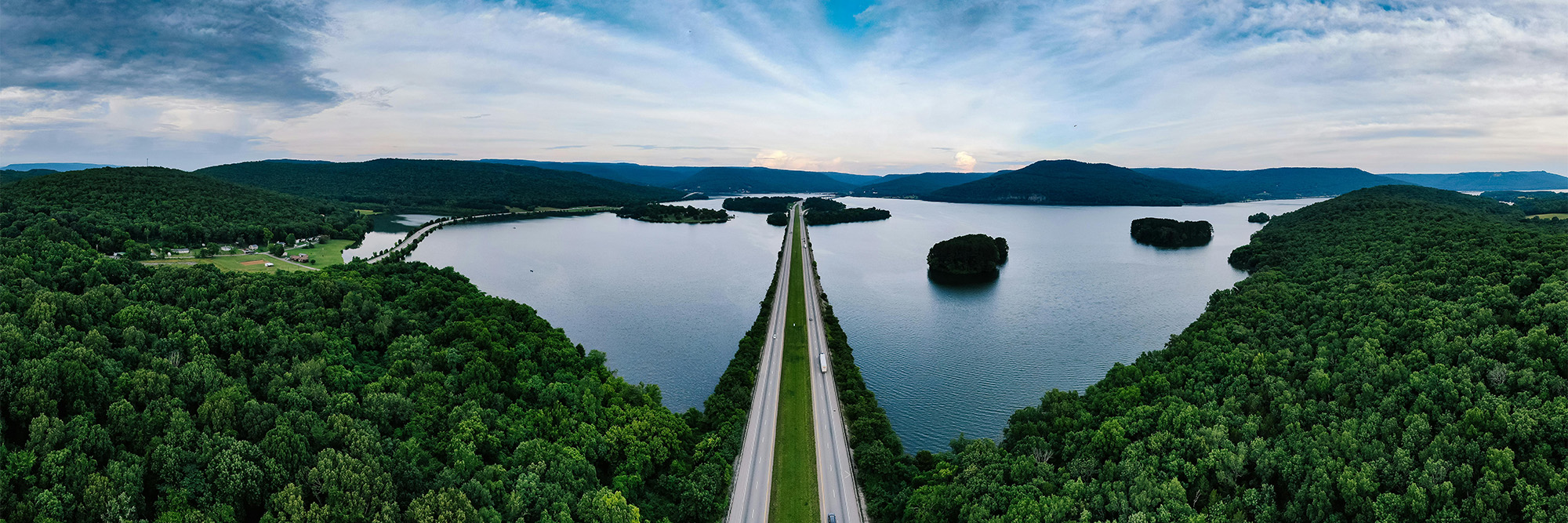
Steeped in musical history, Tennessee is the birthplace of blues in Memphis and country music in Nashville. The Great Smoky Mountains National Park provides a stunning backdrop for outdoor activities, and the state's rich cultural heritage is reflected in its diverse cuisine and vibrant arts scene.
In number nine, Tennessee's affordable living, vibrant cultural scene, and a growing job market in industries like healthcare, music, and technology make it a popular choice for those seeking a mix of career opportunities and a rich cultural experience.
10. Oklahoma
9.6 newcomers per 1,000 residents
Average rent: $979 | Median home value: $167,039

Combining Native American heritage with the spirit of the Old West, Oklahoma features the vibrant city life of Tulsa and the cowboy culture of places like the National Cowboy & Western Heritage Museum in Oklahoma City. The state is also known for its unpredictable weather and the musical legacy of the historic Route 66.
With its low cost of living, diverse economy, and central location, Oklahoma attracts people looking for job opportunities and a welcoming environment in both urban and rural settings.
To read the full StorageCafe analysis, visit storagecafe.com
Related Stories
Sustainability | Apr 4, 2023
NIBS report: Decarbonizing the U.S. building sector will require massive, coordinated effort
Decarbonizing the building sector will require a massive, strategic, and coordinated effort by the public and private sectors, according to a report by the National Institute of Building Sciences (NIBS).
Multifamily Housing | Mar 24, 2023
Average size of new apartments dropped sharply in 2022
The average size of new apartments in 2022 dropped sharply in 2022, as tracked by RentCafe. Across the U.S., the average new apartment size was 887 sf, down 30 sf from 2021, which was the largest year-over-year decrease.
Multifamily Housing | Mar 14, 2023
Multifamily housing rent rates remain flat in February 2023
Multifamily housing asking rents remained the same for a second straight month in February 2023, at a national average rate of $1,702, according to the new National Multifamily Report from Yardi Matrix. As the economy continues to adjust in the post-pandemic period, year-over-year growth continued its ongoing decline.
AEC Tech | Mar 14, 2023
Skanska tests robots to keep construction sites clean
What if we could increase consistency and efficiency with housekeeping by automating this process with a robot? Introducing: Spot.
Industry Research | Mar 9, 2023
Construction labor gap worsens amid more funding for new infrastructure, commercial projects
The U.S. construction industry needs to attract an estimated 546,000 additional workers on top of the normal pace of hiring in 2023 to meet demand for labor, according to a model developed by Associated Builders and Contractors. The construction industry averaged more than 390,000 job openings per month in 2022.
Industry Research | Mar 2, 2023
Watch: Findings from Gensler's latest workplace survey of 2,000 office workers
Gensler's Janet Pogue McLaurin discusses the findings in the firm's 2022 Workplace Survey, based on responses from more than 2,000 workers in 10 industry sectors.
Architects | Feb 24, 2023
7 takeaways from HKS’s yearlong study on brain health in the workplace
Managing distractions, avoiding multitasking, and cognitive training are key to staff wellbeing and productivity, according to a yearlong study of HKS employees in partnership with the University of Texas at Dallas’ Center for BrainHealth.
Office Buildings | Feb 9, 2023
Post-Covid Manhattan office market rebound gaining momentum
Office workers in Manhattan continue to return to their workplaces in sufficient numbers for many of their employers to maintain or expand their footprint in the city, according to a survey of more than 140 major Manhattan office employers conducted in January by The Partnership for New York City.
Giants 400 | Feb 9, 2023
New Giants 400 download: Get the complete at-a-glance 2022 Giants 400 rankings in Excel
See how your architecture, engineering, or construction firm stacks up against the nation's AEC Giants. For more than 45 years, the editors of Building Design+Construction have surveyed the largest AEC firms in the U.S./Canada to create the annual Giants 400 report. This year, a record 519 firms participated in the Giants 400 report. The final report includes 137 rankings across 25 building sectors and specialty categories.
AEC Tech Innovation | Jan 24, 2023
ConTech investment weathered last year’s shaky economy
Investment in construction technology (ConTech) hit $5.38 billion last year (less than a 1% falloff compared to 2021) from 228 deals, according to CEMEX Ventures’ estimates. The firm announced its top 50 construction technology startups of 2023.



